By Christopher Miskimon
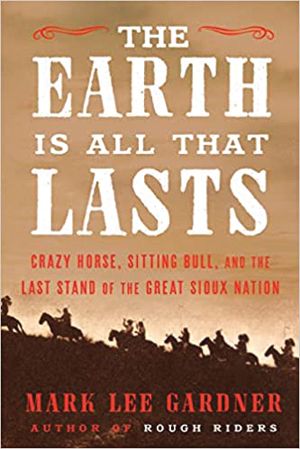 Lakota war leaders Crazy Horse and Sitting Bull grew up on the high plains of the American West and had never known life without white men. Native American contact with explorers and mountain men soon expanded to include waves of settlers, buffalo hunters, prospectors, and soldiers. Conditions for the Native American tribes steadily worsened as buffalo numbers dropped drastically, tribes were pushed away from useful land, and conflicts increased.
Lakota war leaders Crazy Horse and Sitting Bull grew up on the high plains of the American West and had never known life without white men. Native American contact with explorers and mountain men soon expanded to include waves of settlers, buffalo hunters, prospectors, and soldiers. Conditions for the Native American tribes steadily worsened as buffalo numbers dropped drastically, tribes were pushed away from useful land, and conflicts increased.
It all came to a head in the clash that unfolded on June 25, 1876, in the Battle of the Little Bighorn. Both leaders inspired warriors to swarm Colonel George Armstrong Custer’s Seventh Cavalry and utterly defeat the regiment. It was also a pyrrhic victory, and marked the beginning of the end for the Lakota and their allies as the U.S. Army marshaled its strength to defeat the tribes. In the end, both Crazy Horse and Sitting Bull met violent and similar deaths.
The author has several award-winning history books on topics related to the American West.
This new work joins those with its clear prose and rich narrative. It is a dual biography of two of the most famous Native American war leaders, showing how their lives intertwined near the end of the Indian Wars. The volume effectively brings the Native American viewpoint to the fore, and it gives the reader a thorough account of important events in American history.
The Earth is All that’s Lasts: Crazy Horse, Sitting Bull, and the Last Stand of the Great Sioux Nation (Mark Lee Gardner, Mariner Books, New York NY, 2022, 543 pp., maps, photographs, notes, bibliography, index, $28.99, hardcover)
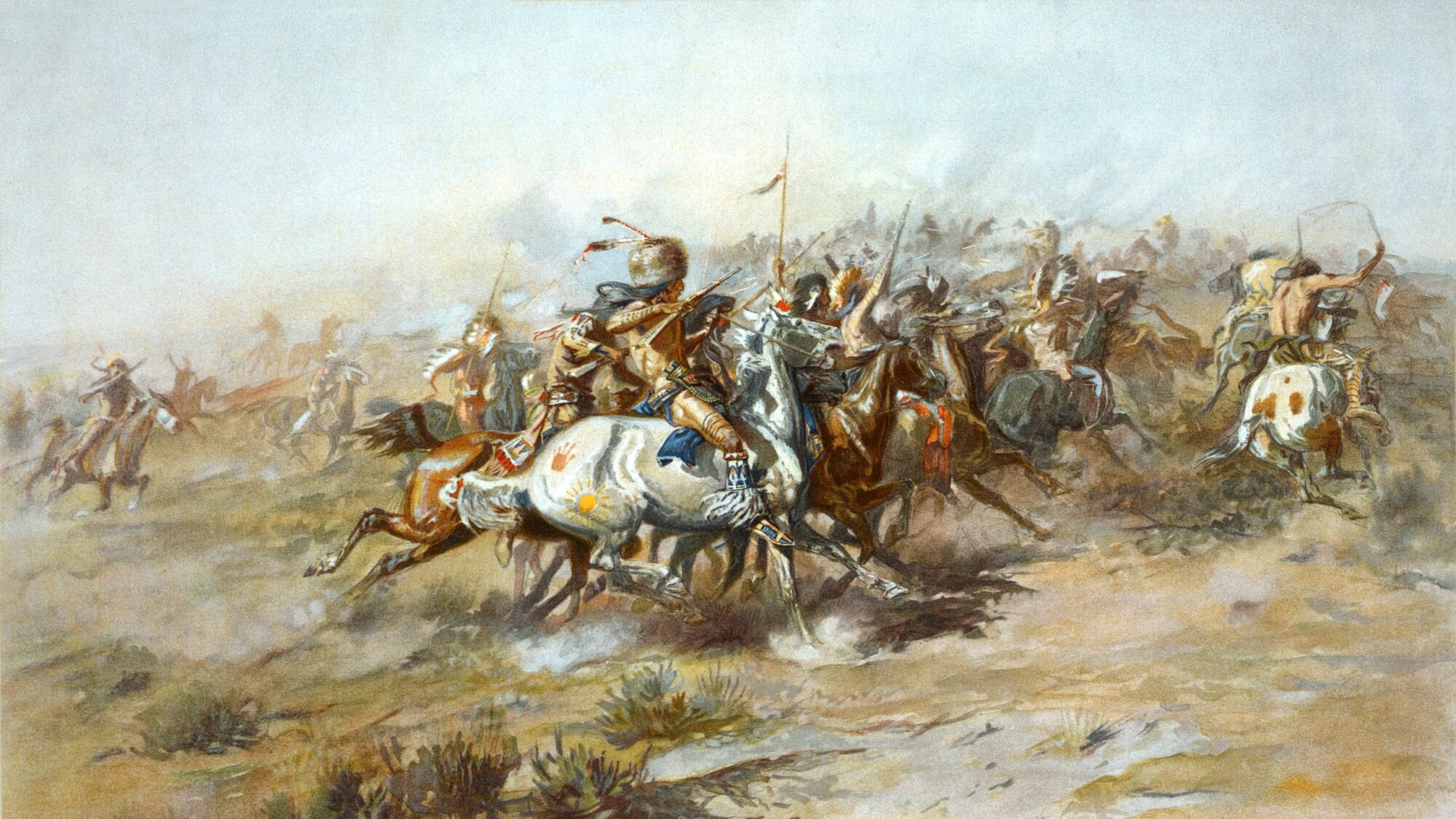

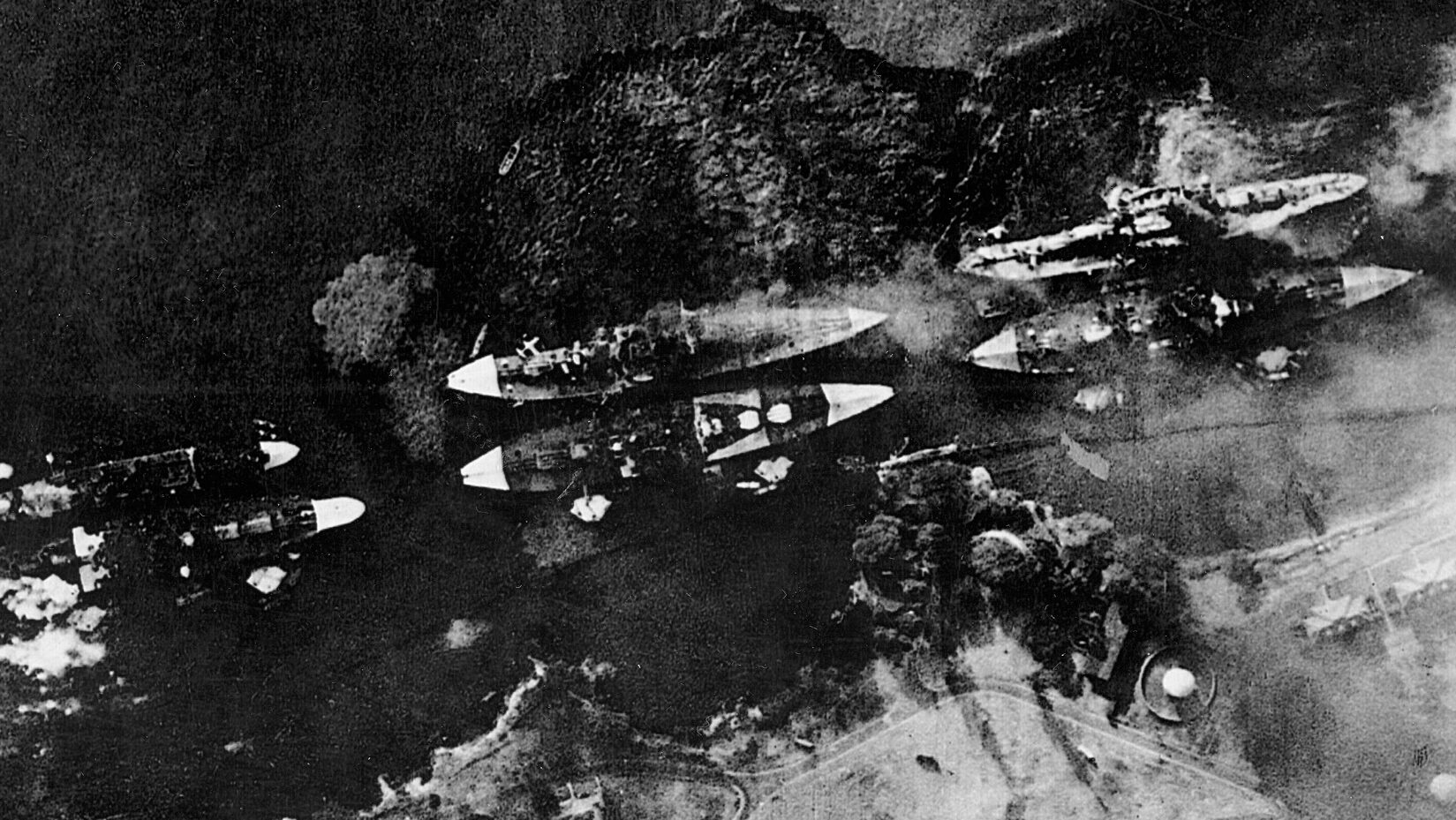
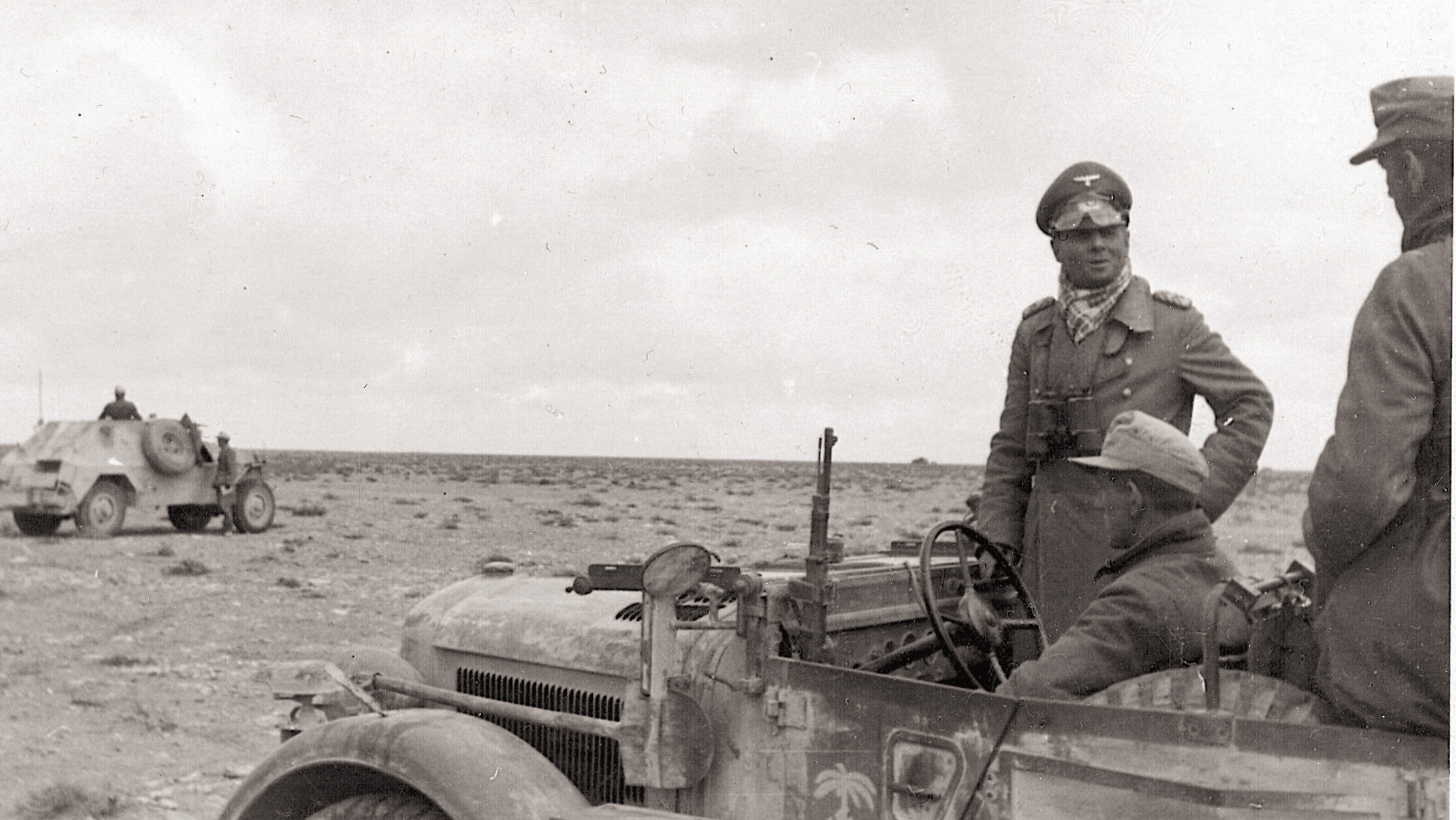
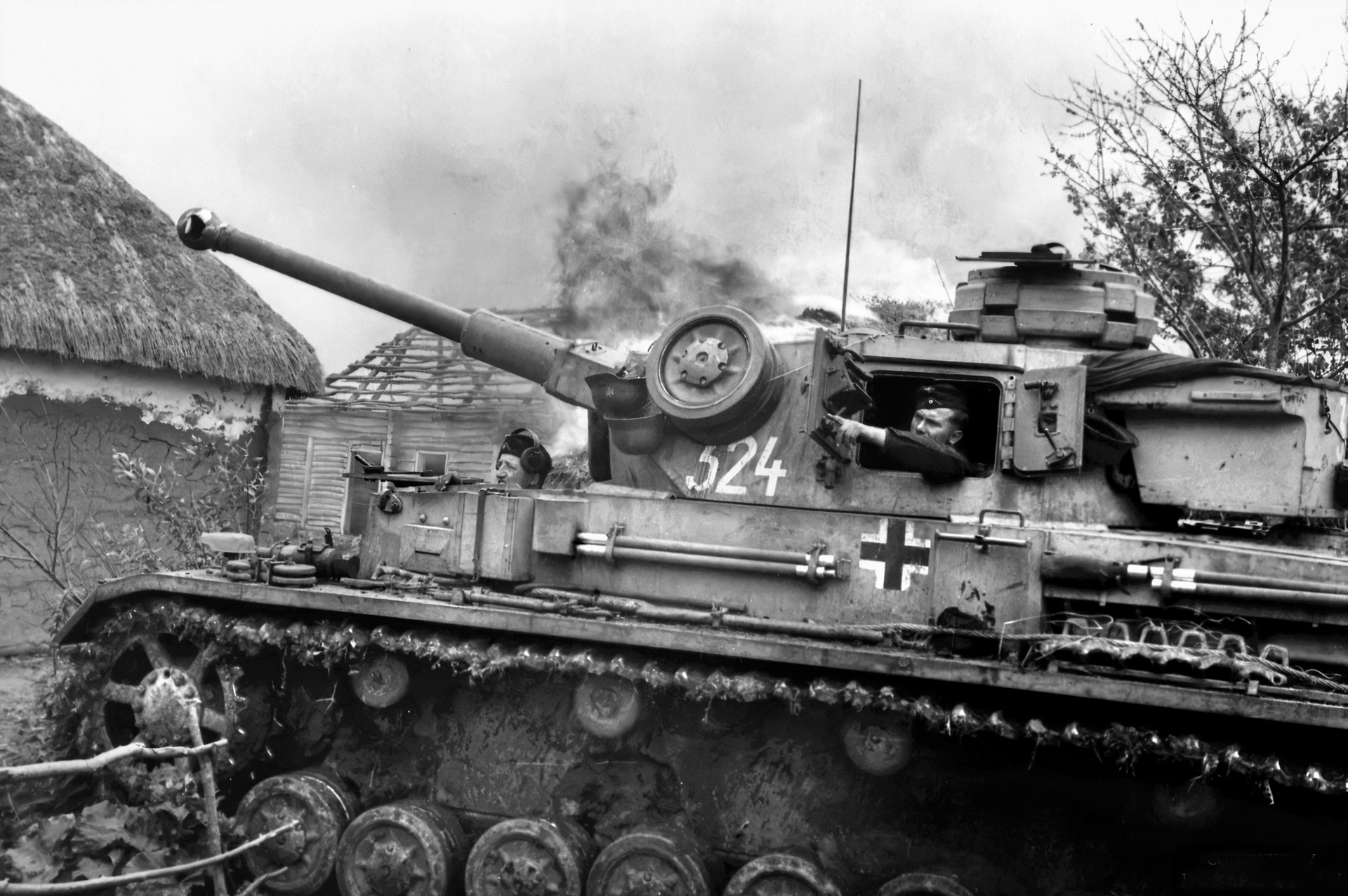

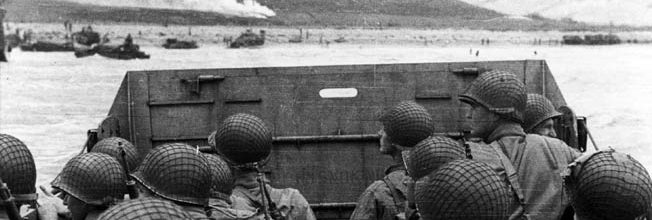
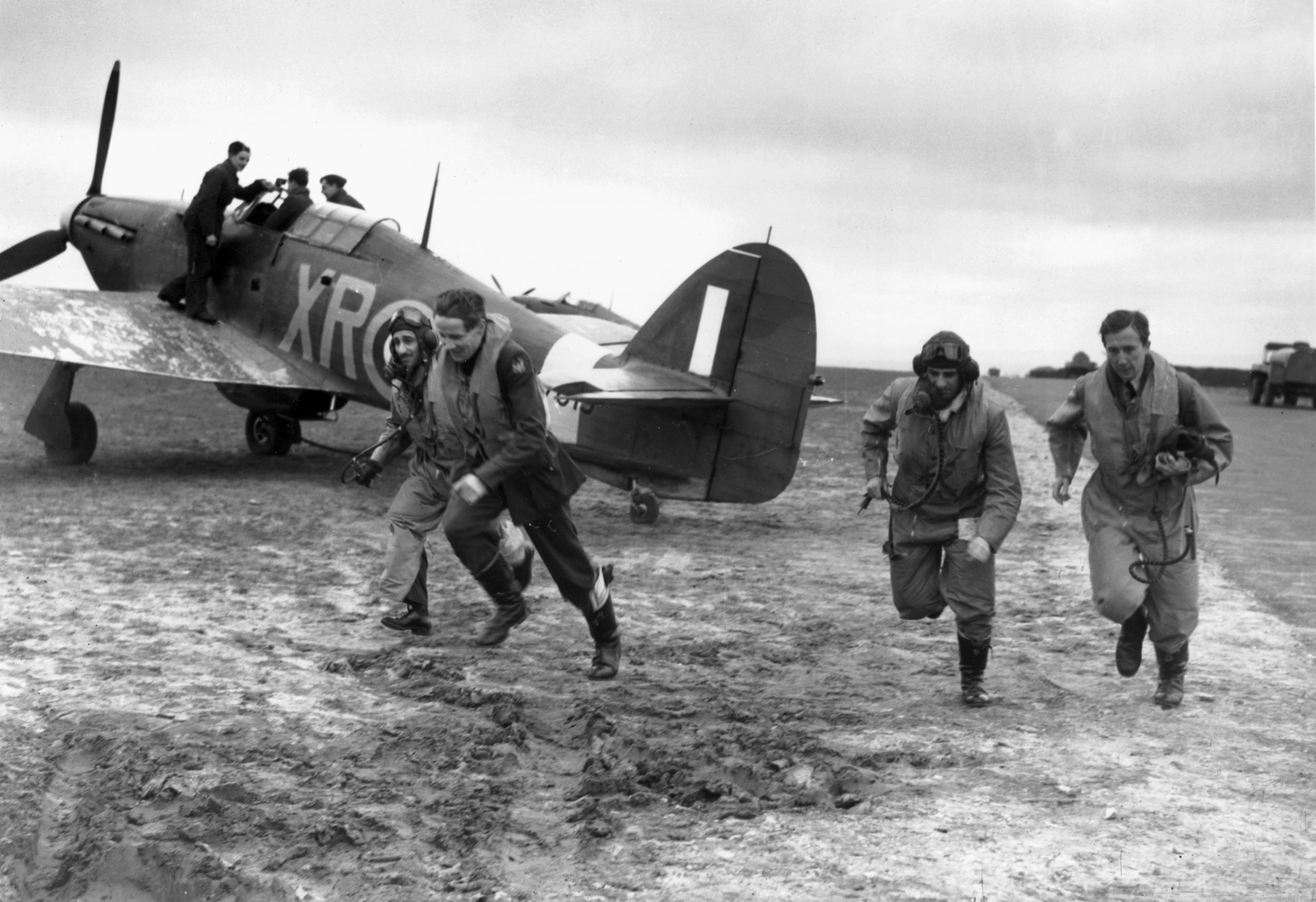
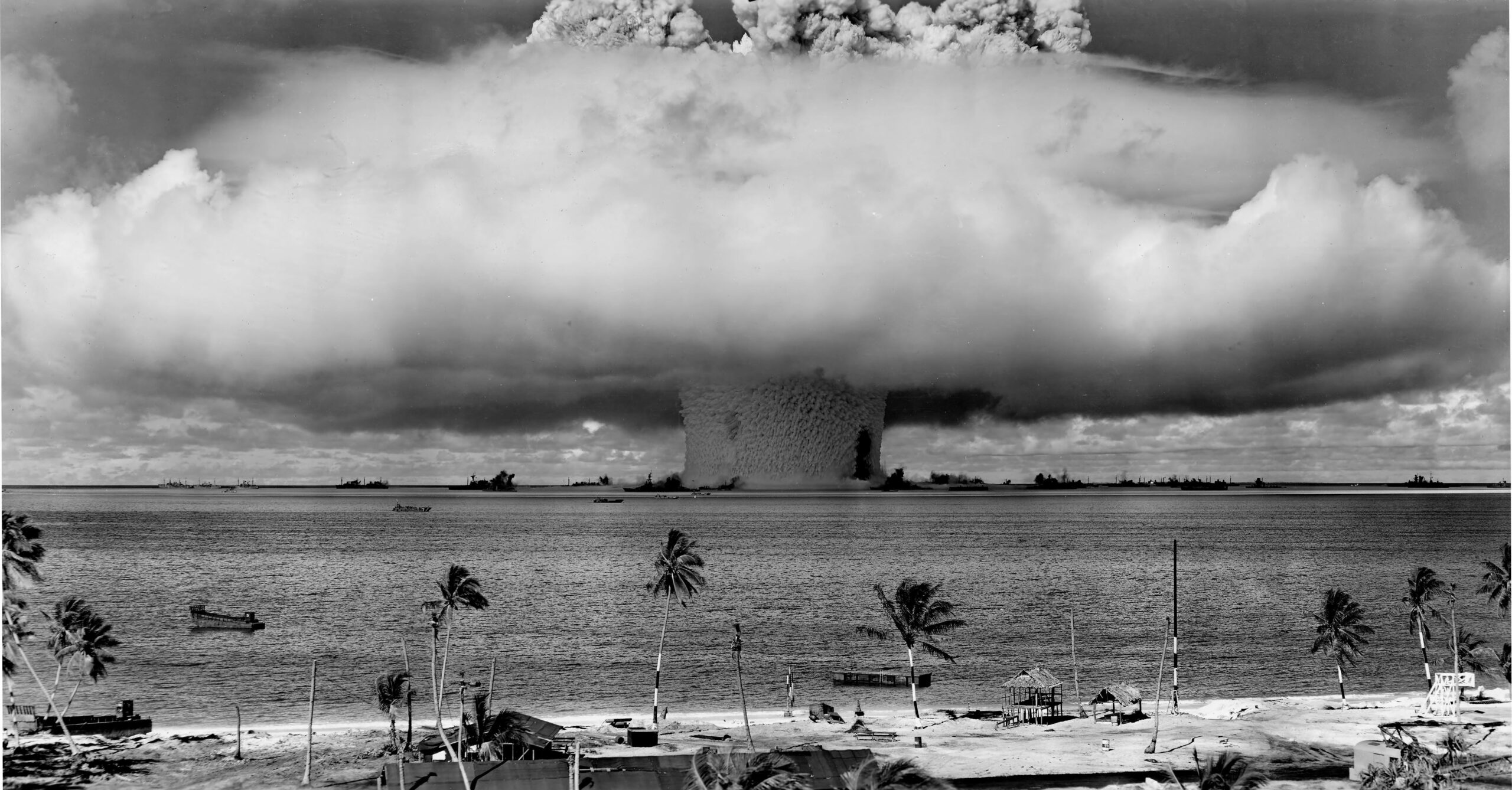
Join The Conversation
Comments
View All Comments